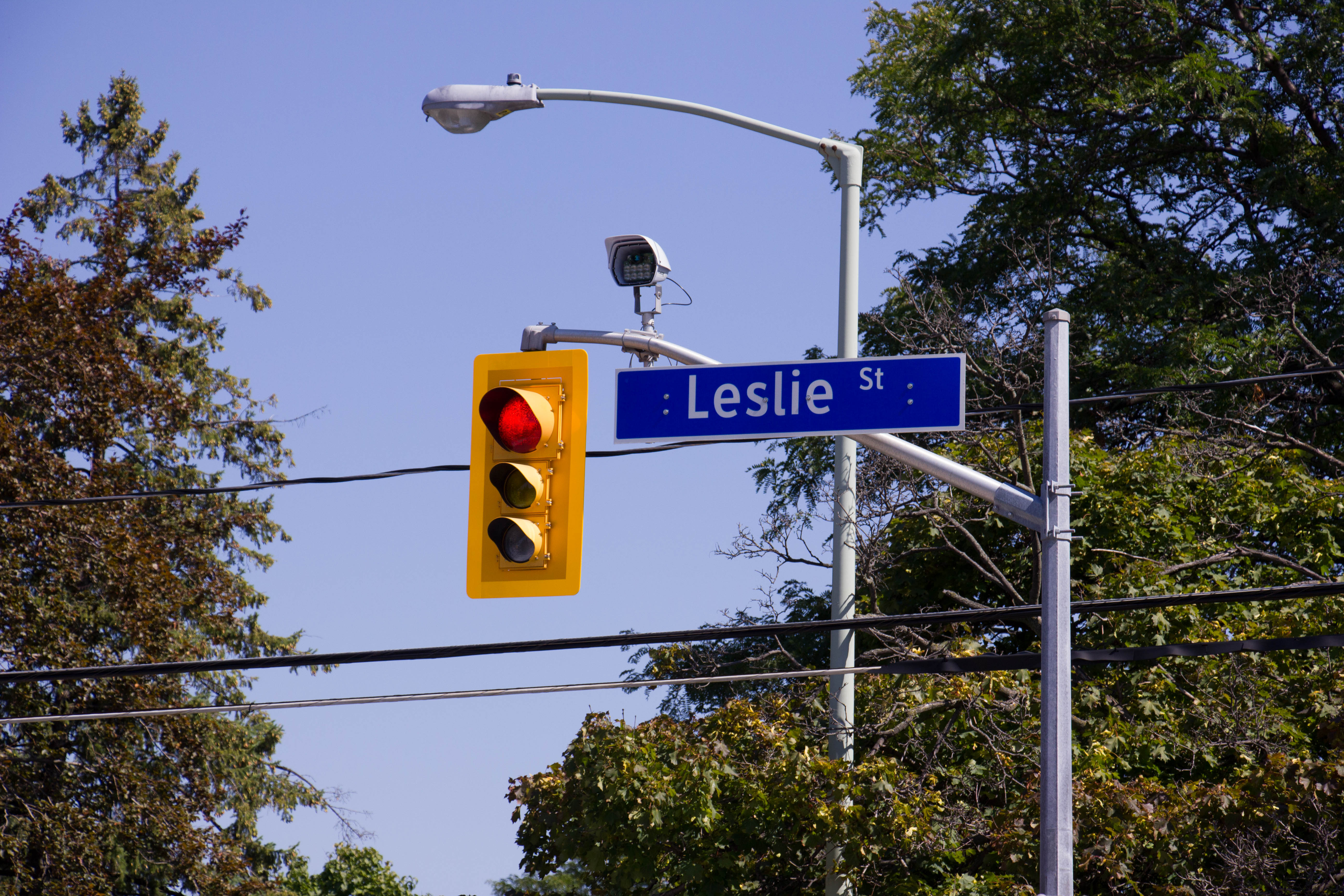
- Traffic signals install#
- Traffic signals drivers#
This is even more frustrating when no traffic can be seen on the arterial.
Traffic signals drivers#
Many of these drivers are waiting to enter a major arterial street from a side street. The amount of traffic and the proportion of green time given to the progressed movements are also important.Drivers ask why they have to wait so long for a signal to change. The quality of flow along a street is basically a function of the spacing of the signals along the street, the prevailing speed of traffic on the street, and the traffic signal cycle length. The majority of the City’s signals are actuated signals, using detectors.Ī: The coordination of traffic signals facilitates smooth traffic flow (progressed movement) along a street. These signals attempt to assign most of the available green time to the heaviest traffic movements. The City has a few pre-timed signals remaining in the downtown area-California at Shasta, South at Market, and Athens at Locust.Traffic actuated signals use detectors located in the pavement on the approaches to traffic signals to monitor and assign the right-of-way on the basis of changing traffic demand. Pre-timed signals have pre-set time intervals for different times of the day, including the morning, noon, and evening peak travel periods.
Traffic signals install#
Special conditions, such as hills and curves The Transportation Division assigns points in each of these categories and will install traffic signals in the intersections that need them the most.Ī: Traffic signals assign the right-of-way to various traffic movements for different time intervals depending on traffic flow levels. Need to provide interruption to the major flow for side street vehicles and pedestrians. Volume of vehicular and pedestrian traffic. When installed under conditions that justify the installation of traffic signals, they are valuable devices for improving the safety and efficiency of both pedestrians and vehicular traffic.Ī: To install a traffic signal at an intersection, minimum criteria must be reviewed and met: They may interrupt extremely heavy flows to permit the crossing of minor movements that could not otherwise move safely through an intersection. By alternately assigning right-of-way to various traffic movements, signals provide for the orderly movement of conflicting flows. The primary function of any traffic signal is to assign right-of-way to conflicting movements of traffic at an intersection.This is done by permitting conflicting streams of traffic to share the same intersection by means of time separation. Traffic signals offer maximum control at intersections. The signal head can contain one or more signal faces.Detectors are devices for indicating the passage or presence of vehiclesĪ: As traffic volumes increase beyond the capability of lesser controls, such as a four-way stop, it may be necessary to install a traffic signal. Signal faces are part of a signal head that include solid red, yellow, and green lights and sometimes red, yellow, and green turn arrow lights as well. It consists of electrical or computer controls that operate the selection and timing of traffic movements in accordance with varying demands of traffic as registered with the controller unit by detectors. A modern signal can cost up to $150,000, which includes a traffic signal controller, signal heads, vehicle detectors, and signal poles and supports. Traffic signals are more costly than is commonly realized, even though they represent a sound public investment when justified. 

Signals help vehicle traffic flow better, allow pedestrians to cross, and give cross-street traffic a chance to cross or enter the intersection. The familiar red, yellow, and green lights are set up to let people know who has the right-of-way at an intersection. The public’s understanding of the function of traffic signals can improve driving habits by reducing speeding and associated traffic accidents. Traffic signals on State facilities, such as SR 273, SR 299, and SR 44, are maintained by Caltrans.Įach year, the City of Redding receives inquiries concerning the operation of traffic signals within the City.

This Division maintains the traffic signals under the control of the City of Redding.







 0 kommentar(er)
0 kommentar(er)
